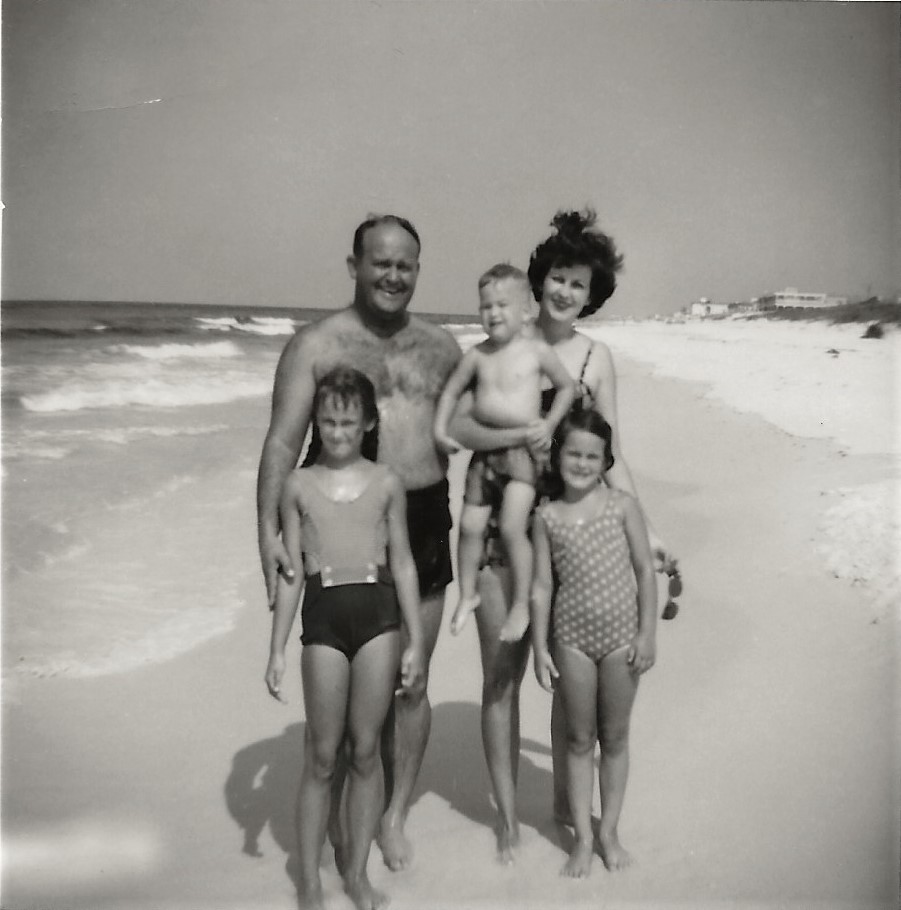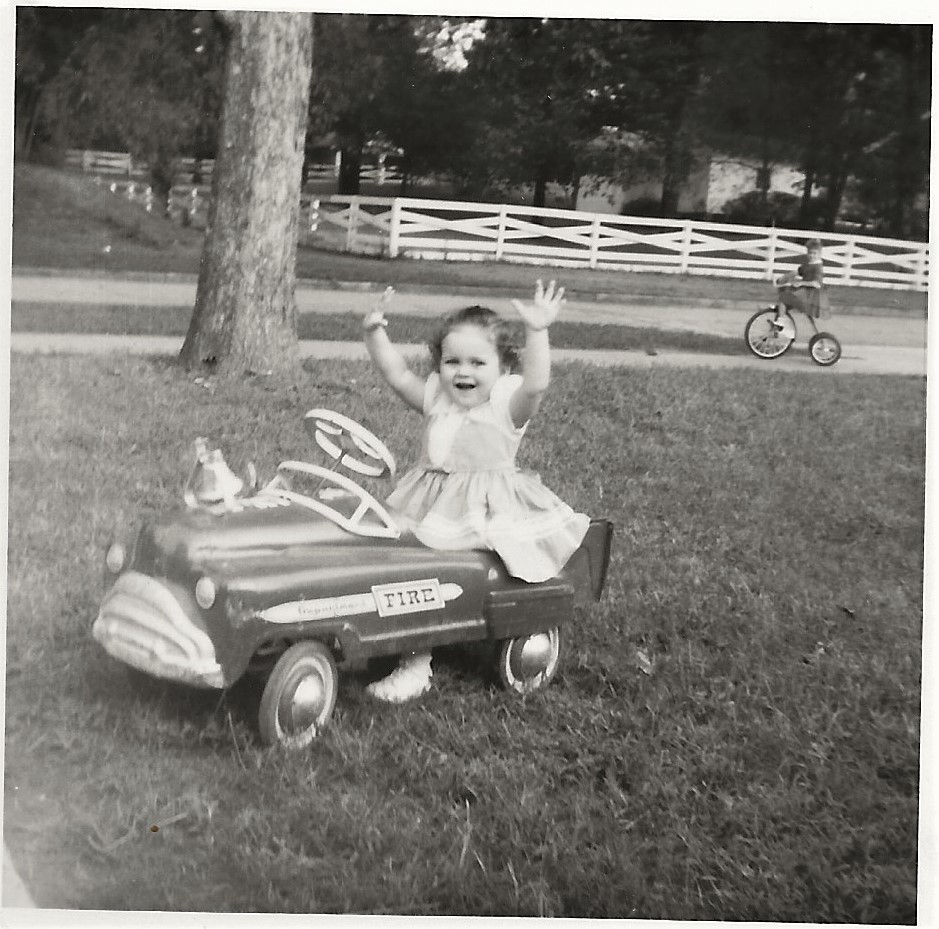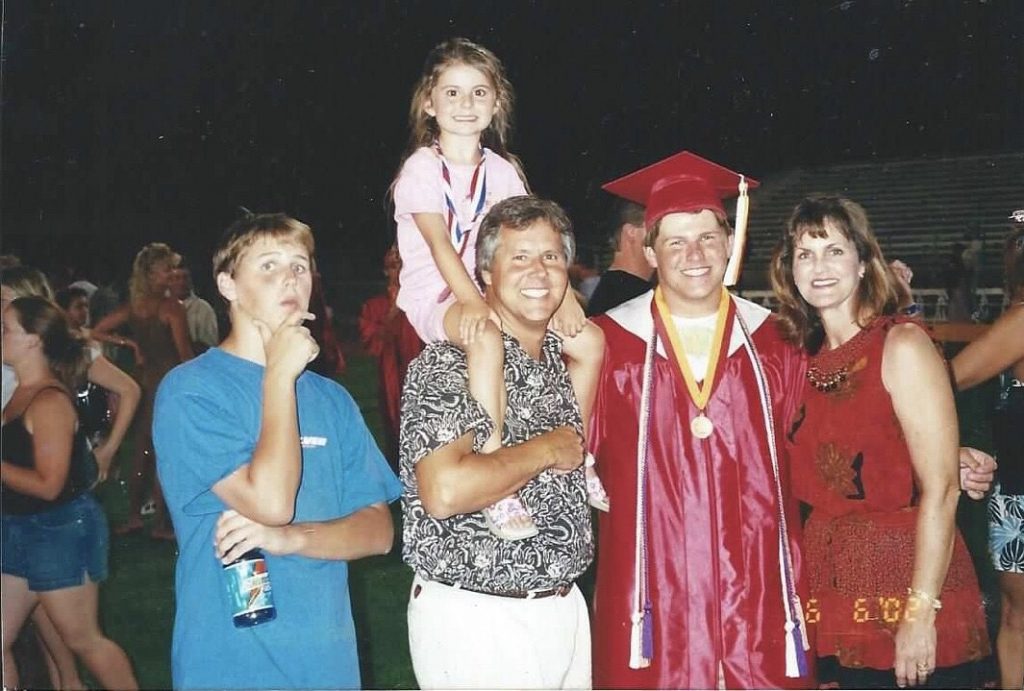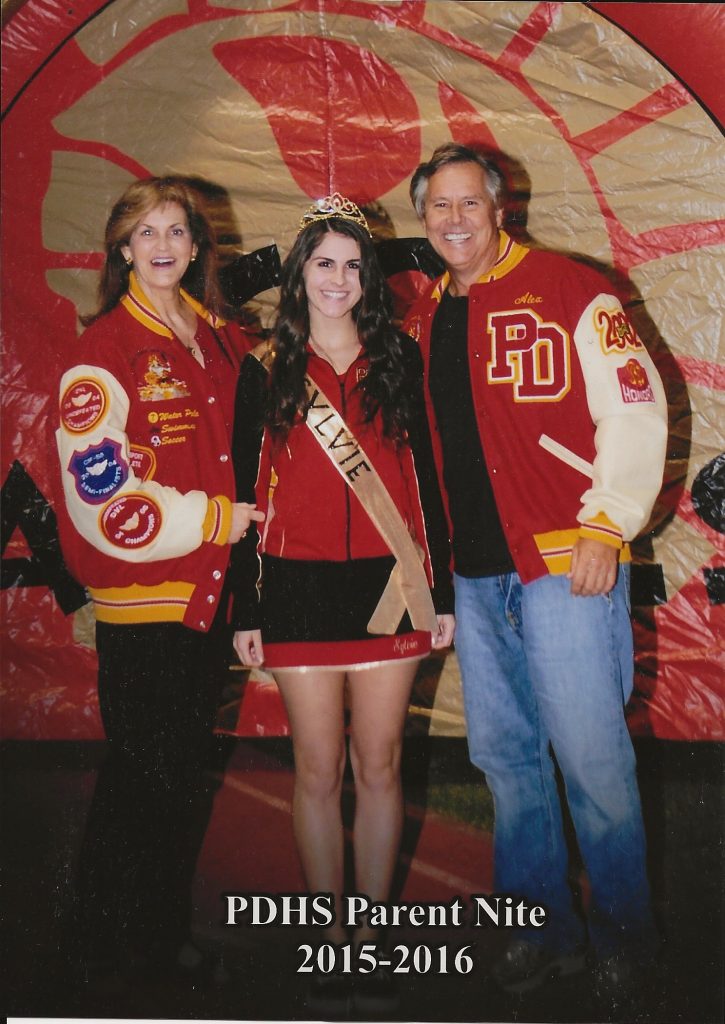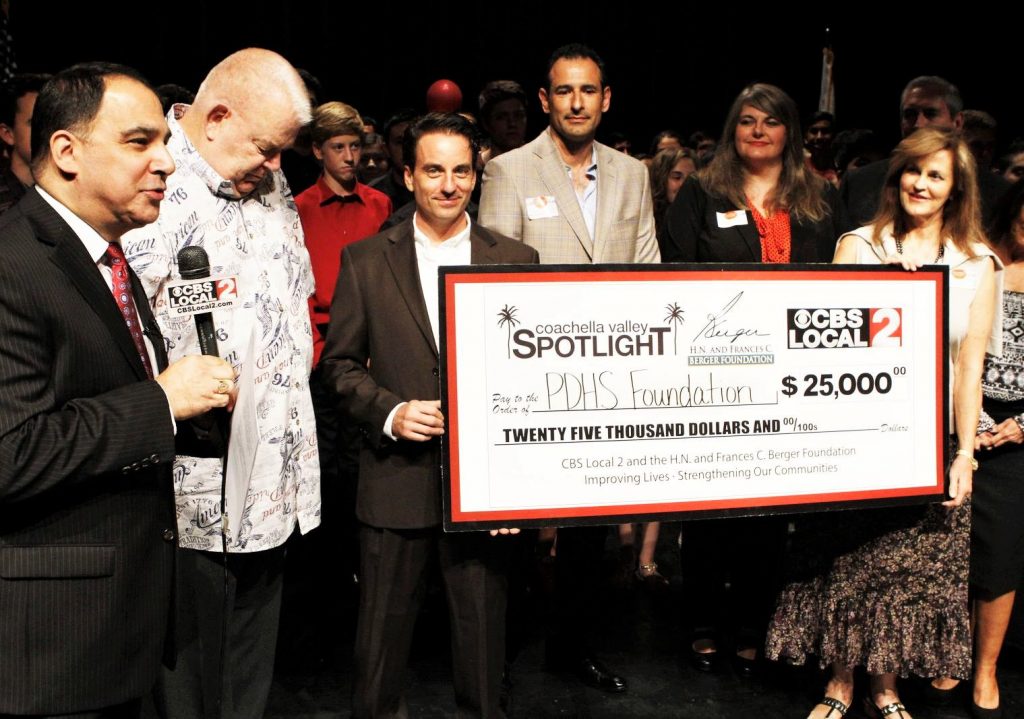My mother Dina Lou Brakefield (now Dina Brakefield Sparks) — a determined and loving woman with a bachelor’s degree in industrial engineering and a masters degree in business management — is technically unemployed but works more than forty hours a week taking care of her family and her community. She is one of the most intelligent people I know — and her life would seem to serve as an example of defiance in the face of the stigma against stay-at-home motherhood.
When I was in the fourth grade, my teacher asked me what my mother’s job was. “She’s a stay-at-home mom,” I responded. I went home and told my mother about the interaction and she said my answer was wrong. “I’m a professional volunteer,” my mother told me. As soon as she told me, I understood.
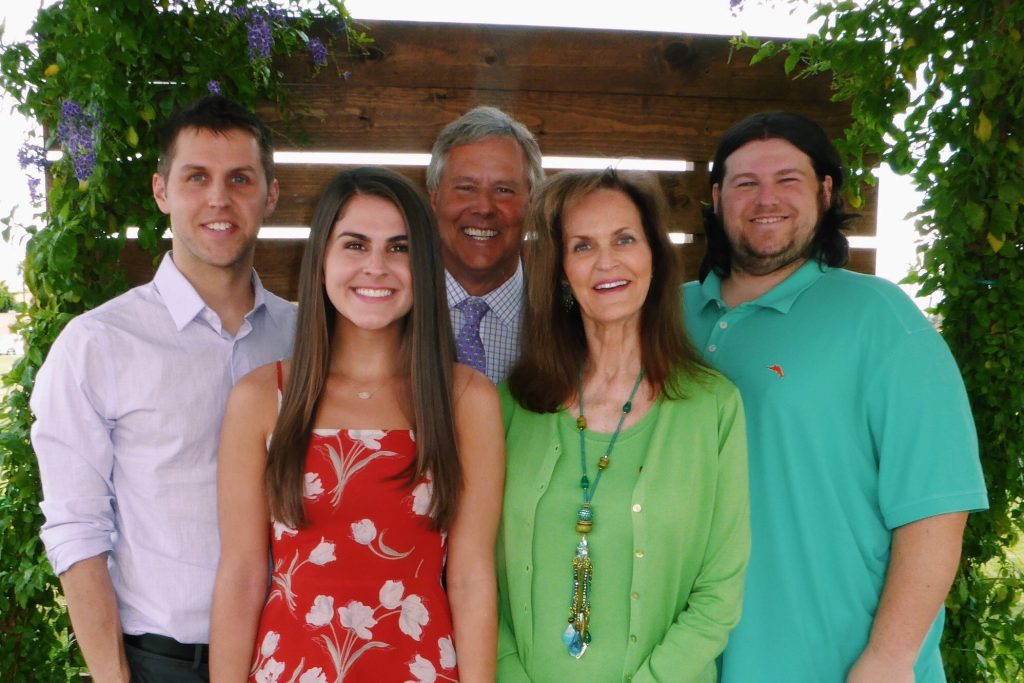
(Front row) L to R: Myself and my mother Dina
My mother, who has organized or played a role in almost every school, sports, church, Girl Scouts, charity, or you name it event since she was a young girl, doesn’t exactly stay home: she falls into a category of unemployed women who play an irreplaceable role in our society.
Sixty percent of Americans say children are better off when one parent stays home to focus on the family, according to the Pew Research Center. Women who stay-at-home may not receive monetary compensation for their work, but if American women received minimum wage for their household work and caring for relatives they would have made $1.5 trillion in 2019, according to the New York Times.
The stigmatization against stay-at-home mothers largely stems from an internal battle between working mothers and homemakers. The stigma can be seen in the language used to speak about stay-at-home mothers. Headlines like, “The Nasty, Backstabbing, and Altogether Miserable World of the Suburban Mom,” from Boston Magazine, reflect how some people use language implying stay-at-home moms are lazy or privileged, fueling the stigma against homemakers.
It’s 2020 and stay-at-home mothers experience stigmatization from those who do not understand their selflessness, hard work, and benefits to their families and others. There’s a sentence you wouldn’t have read fifty years ago. Stay-at-home moms choose not to work for many different reasons. Whether it is just to be with their child while they are young with the intention of returning to the workforce later, being unable to find a job, or because they are financially stable enough to be stay-at-home mothers. Despite their reasoning they make an impact unlike any other.
Born and raised in Jasper, Alabama (population 13,000 people during her youth), my mother grew up in a traditional southern household with her parents, an older sister, and a younger brother.
Her family owned and operated Brakefield Lumber Company and Hardware, Brakefield Ready-Mix Concrete and Brakefield House of Lights. In such a small town Brakefield’s was the go-to place for most everyone’s home improvement necessities.
“The Brakefield’s were the Home Depot before there was Home Depot,” my mother explained recently during an interview in her kitchen in Palm Desert. Even today, my mother loves running errands to The Home Depot or Lowe’s because it reminds her of her childhood.
Dina started working at Brakefield’s when she was 14-years-old. “I took inventory, worked as a cashier, swept the floors, but I mainly worked in the accounting office because I was really good at math and numbers at a very young age,” she said.
She worked as a lifeguard, taught swim lessons and was a swim team coach in the summers as well. All this to say, my mother certainly understands the importance of earning things in life.
“I didn’t get an allowance. I had to work for my money for things I wanted,” she said.
After working as co-editor-in-chief for her high school’s newspaper, being a member of the cheerleading and swim teams, and winning homecoming queen her junior year, my mother graduated from Walker High School. She then went to study industrial engineering at the University of Alabama in Tuscaloosa. At the beginning of her junior year of college she began dating Nolan Sparks, my father, who attended Auburn University. Nolan grew up on a farm in Jasper and the two had gone to school together since sixth grade.
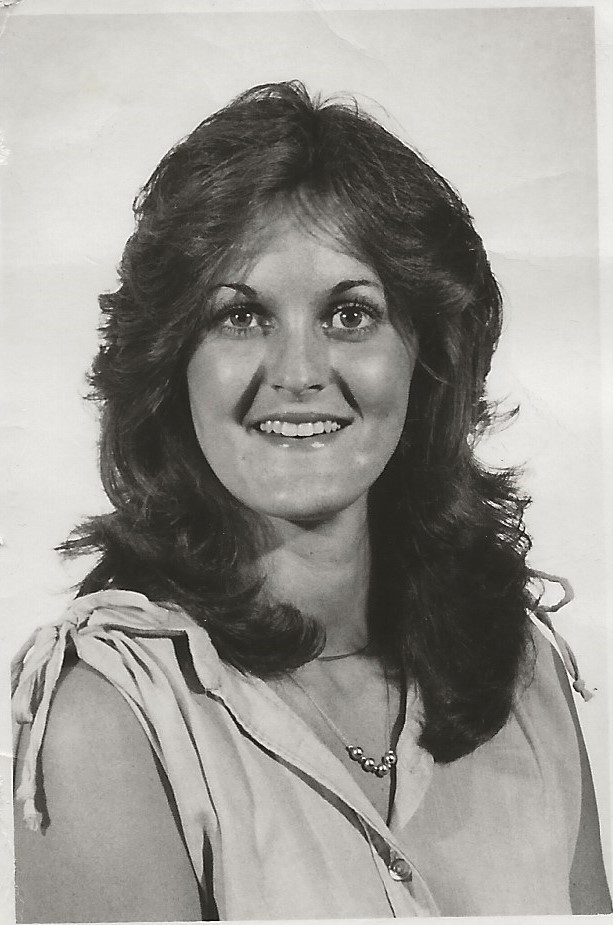
After both earning their engineering degrees, the two got married, moved to Huntsville, Alabama, and started their careers. My mother was a financial analyst for PPG Industries. In 1984, they had my oldest brother, Alex. Shortly after this my father got the opportunity to move back to Jasper to work for his family’s company, Sparks Construction. It was then that they figured out how they could manage without my mother’s salary and they decided after a few years of working Dina would become a full-time mom.
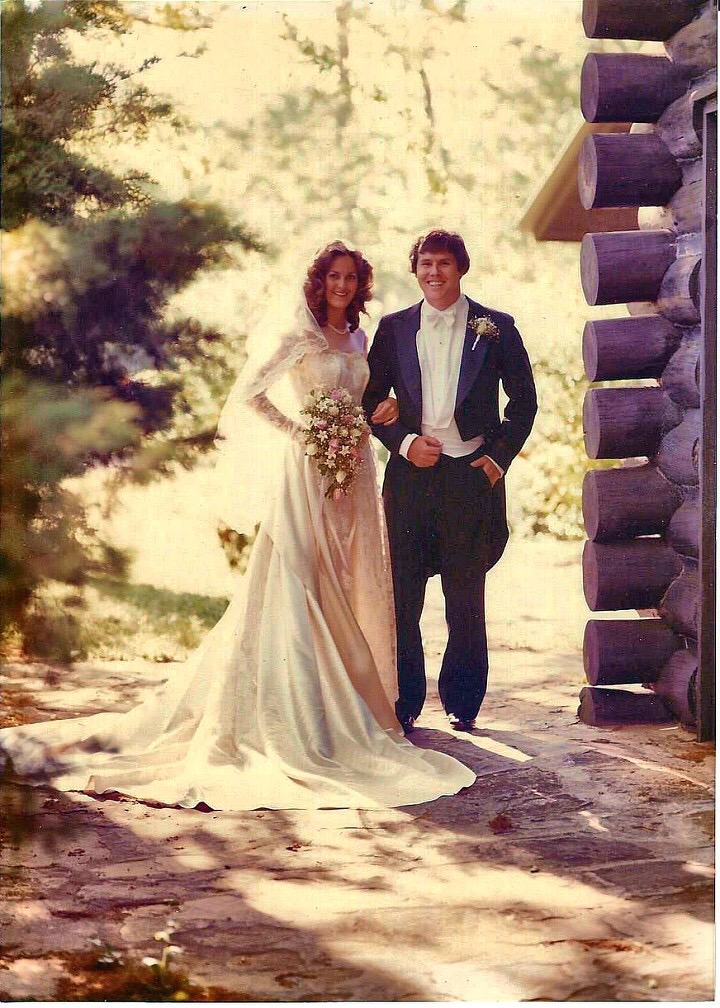
“I didn’t want anyone else raising my kids,” she said.
The family moved into a house on Smith Lake in Jasper and my mother embarked on her now 36 -year-and-counting journey of being a stay-at-home mom. My brother Adam was born in 1988 at a hospital built by Sparks Construction. While raising two kids my mother continued to coach the Jasper Swim Team with her sister, was on the board of the United Way, served as president of the Walker Civic Concert Series, and as president of Jasper Community Theater. She also served as the President of the Walker County Bama Club, a chapter of the University of Alabama Alumni Association for which she was instrumental in raising scholarship money and identifying potential scholarship recipients.

In 1993 my family moved to Palm Desert, California, for my dad’s career. Now that my brothers were older and in school my mother thought she would go back to work, but there were no opportunities for her in the Coachella Valley. 1997 is when I finally came into existence to claim my spot as the third and final child and only girl of the Sparks family.
My mother always wanted a daughter as she was the epitome of a girly girl and she was excited to share that with me. While I always had a good relationship with my mother, I resisted her heavy involvement in my life throughout my preteen years. I got annoyed that she made me participate in activities I didn’t want to take part in and sometimes I got embarrassed about how she was at every school function. But when I had my first heartbreak at 17-years-old and she was the only person from whom I felt completely comforted, I realized there’s no one who compares to her.
Without her encouraging me to do things that weren’t necessarily my favorite, like taking piano lessons, or involving herself in almost every organization that affected her kids’ lives, I certainly wouldn’t be graduating from USC. It sounds cliché, but my point is, the impact of a stay-at-home mom is undeniable.
In 2016, 27 percent of women did not work outside of the home, according to the Pew Research Center. Whereas in 1967, 49 percent of women did not work outside of the home, according to a Pew Research study.
“She’s the busiest unemployed person I know, not just for our kids, but all the other kids y’all knew,” my dad said.
My mother’s involvement in things like the Palm Desert High School Foundation, Odyssey of the Mind, Girl Scouts, National Charity League, the Desert Theatre League and so on are obvious reflections of her dedication to her children, their peers, and her community. What she did for these organizations are things parents who are working might not be able to do because their time is spent working.
“It was immensely reassuring for me knowing how close my son was with the Sparks family because I know family is number one for them. That knowledge and trust in what she did for my son allowed me to be more successful in what I do for my work and the community,” Jan Hawkins, my brother’s friend’s mother said. (Jan serves as the Director of Development at the Living Desert in Palm Desert).
Women like Jan see the value in full-time mothers. Unfortunately, some stay-at-home moms still face a stigma from mothers in the workforce. My mother fortunately never experienced criticism from working mothers, but she still faced struggles with being a stay-at-home mom in comparison to employed mothers.
“It was sometimes hard seeing my friends receive awards or get promoted at work,” she said.
While it was hard at times if she compared herself to other working mothers, she really loves everything about being a full-time mom. “The best part of it is all of it,” she said, “We have great relationships with each of our kids, have strong family ties, and a great network of community.”
My friends were also fans of my mother’s ability to be at all functions and even more her willingness to be sure we could be at any social or sporting event. “If my mom was busy your mom would pick us up from school or drive us to the football games. It’s all those little things that even show how she goes above and beyond. I wouldn’t have those experiences if it wasn’t for your mom,” Bernice Amaya, my friend from high school said.
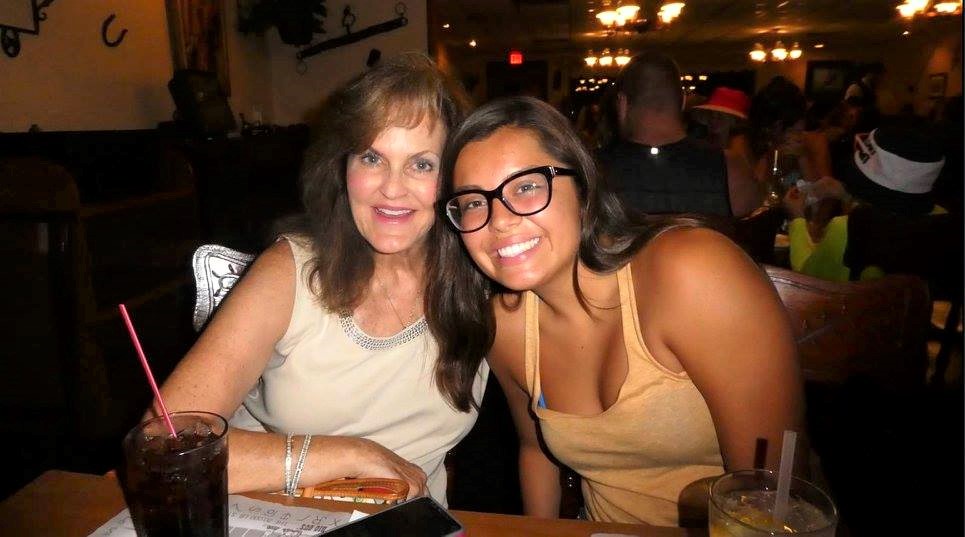
Three years ago my mother had open heart surgery. I’ve seen her put her health on the back burner in order to be there for other people time and time again throughout my life. Because of her health issues I worry about her doing so much sometimes. But I trust my mother knows what she can and cannot handle.
“I move a lot slower these days but I am optimistic that I will be able to get in better shape than I am now and have more energy than I do now to help in more productive ways in the future,” she said.
Every summer my church puts on a Vacation Bible School program for more than 1,000 children in the Coachella Valley. My mother is the director of the drama portion of the weeklong day camp. Brock Johnson, one of the people in charge of the camp as a whole who works closely with my mother, said some of my favorite words of encouragement to her before her surgery.
“Before your mom went in for heart surgery I made her promise me twenty-five more years with me volunteering. I was joking, but obviously not really. That’s how valuable she is to work with,” Brock said.
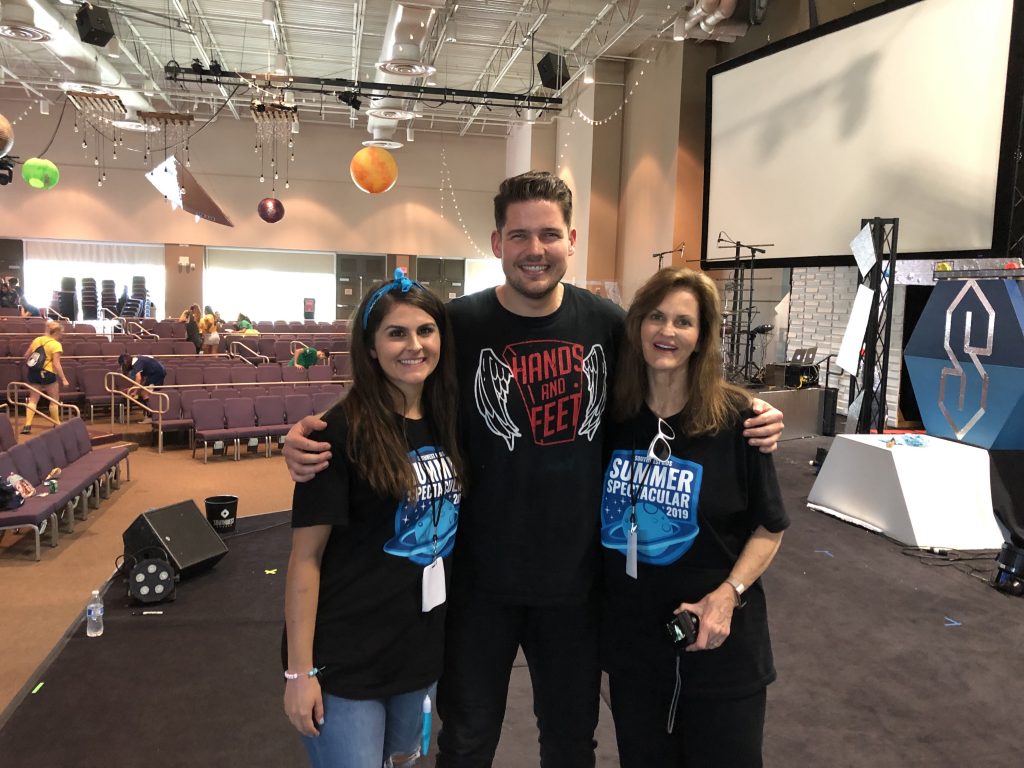
My mother’s work with various organizations, impact on her childrens’ development, and dedication to every child in her community shows that a stay-at-home mother who goes out of her way for her community can have a profound impact, and should not be undervalued in America.

I mentioned earlier that in my youth I did not love how my mother was always at my school events. Now, I wouldn’t want it any other way. It excites me that my mother wants to be a part of everything I do and be involved in her community by sharing her talents and passions. Although I stress about her not getting enough sleep sometimes, I admire my mother’s selflessness, goal oriented mindset, and the way she handles everything with grit and grace.

